In today’s world, concerns about personal privacy are at an all-time high. As technology becomes smaller and more advanced, hidden cameras have become increasingly difficult to detect—sometimes cleverly disguised as everyday household items. While home security systems are designed to keep us safe, the line between protection and intrusion can sometimes blur when these tools are misused.
Whether you're staying in a hotel, renting an Airbnb, or simply want to secure your own home, it’s important to understand what hidden cameras look like and how to spot them. In this guide, we’ll show you how to recognize what hidden cameras look like, how they’re often disguised in everyday items, and what you can do to stay one step ahead and protect your privacy.
What Do Hidden Cameras Look Like?
Hidden cameras don’t always look like regular cameras. In fact, most of them are designed to blend in perfectly with everyday objects, so you don’t even realize they’re there. That’s what makes them so tricky—and so dangerous. Many of these devices are small, wireless, and cleverly disguised to avoid drawing attention.
Here are some of the most common disguises used for hidden cameras:
Common Hidden Camera Disguises
|
Disguised As
|
Typical Location
|
What to Look For
|
|
Smoke detector
|
Ceiling, hallway, bedroom
|
Small lens hole, odd placement, light reflection
|
|
Digital clock
|
Nightstand, desk
|
Extra dark screen spot, blinking light when dark
|
|
Phone charger
|
Wall outlet, bedside
|
Feels too heavy, doesn’t actually charge devices
|
|
Wall outlet extender
|
Living room, near floor
|
No real function, unusual size or angle
|
|
Air purifier
|
Bedroom, living room
|
Tiny black dot on vent, weird humming noise
|
|
Picture frame
|
Bookshelf, wall
|
Hole in the corner, cable or battery hidden behind
|
|
Light bulb camera
|
Ceiling fixtures
|
360° view lens in the bulb, connected to WiFi
|
These hidden cameras are designed to go unnoticed, which is why it’s so important to know where to look. Many of them are placed in areas where people expect privacy—like bedrooms, bathrooms, or changing rooms. But once you know the signs, spotting them becomes much easier.
How to Detect Hidden Cameras
Hidden cameras can be tiny, silent, and sneaky—but that doesn’t mean they’re impossible to find. Whether you’re in a hotel, rental home, public restroom, or even your own bedroom, these six practical methods can help you uncover cameras that may be watching without your consent.
1.Use Your Phone Camera to Spot Infrared (IR) Lights
Many hidden cameras have night vision, which relies on infrared LEDs. Though you can’t see these lights with your eyes, your phone’s camera might detect them.
What to do:
• Dim or turn off all the lights in the room.
• Open your phone’s camera app.
• Slowly move your phone around, focusing on suspicious areas like: Smoke detectors, wall clocks, alarm clocks, power outlets.
• Watch the screen for small, flashing purple, red, or white dots—this could be an IR emitter from a hidden cam.
Tip: Some smartphone rear cameras block infrared. If so, switch to the front-facing “selfie” camera, which usually detects IR better.
2.Turn Off the Lights and Search for Lens Reflections
Camera lenses, even tiny ones, are glass and reflect light. This is one of the oldest and most effective ways to spot hidden lenses.
Steps:
• Turn off all room lights.
• Use a flashlight or your phone's flashlight.
• Slowly sweep the beam across walls, objects, and corners.
• Move side to side and change angles—you’re looking for a tiny glimmer or pinpoint of reflected light.
Where to scan:
• Digital alarm clocks
• Smoke detectors
• Picture frames
• Light bulbs
• Air purifiers
• Even decorative items like teddy bears or plants
Bonus tip: A hidden camera often needs a clear line of sight to the target, so check spots that face the bed, bathroom, or changing area.
3.Scan for Unfamiliar WiFi or Bluetooth Devices
Most modern hidden cameras are wireless and use WiFi or Bluetooth to stream or store footage. You can use your smartphone to scan for active signals.
How to check:
• Download a free app like Fing, NetAnalyzer, or Bluetooth Scanner.
• Run a scan of nearby devices.
• Look for names like: "IPCAM_001", "Device_XYZ", Long strings of letters/numbers
• Compare this list with your known devices. If something seems out of place, it’s worth a closer look.
Tip: In Airbnb or rental homes, disconnect the WiFi temporarily and see what stops working—if a “charger” suddenly can’t stream, it might be a spy cam.
4.Use an RF (Radio Frequency) Detector
RF detectors can pick up electromagnetic signals from wireless devices, including hidden cameras and audio bugs.
How to use it:
• Turn off your own wireless electronics (phones, laptops, Bluetooth speakers).
• Slowly move the RF detector around the room.
• Focus on: power outlets, vents, light bulbs, smoke detectors, clocks or any electronics facing the room
• If the detector beeps, flashes, or spikes, investigate that spot further.
Note: Some hidden cameras only record locally and don’t transmit. RF detectors won’t catch those—but they’re still useful for many common devices.
5.Physically Inspect Suspicious Objects
Nothing beats a hands-on inspection—especially in private rooms where you expect full privacy.
What to look for:
• Small holes (pinhole size) that look like they could hide a camera lens
• LED lights that stay on, even when a device appears off
• Objects facing the bed, shower, or dressing area
• Devices that seem “out of place” or unnecessary in the room
Places to inspect:
• Power banks or USB chargers
• Tissue boxes
• Mirrors (check if it's a two-way mirror)
• Air conditioning vents
• Books or decorations on shelves
Tip: Gently tap on suspicious surfaces—hidden cameras often make a hollow sound.
6.Try Spy Camera Detector Apps or Smart Anti-Spy Devices
Technology can work in your favor too. There are mobile apps and small gadgets that help scan for suspicious electronic activity or lens reflections.
Recommended apps:
• Hidden Camera Detector (iOS/Android)
• Glint Finder (Android)
• Spy Camera OS (Android)
Features they offer:
• Lens glint detection using your phone flashlight
• Magnetic sensor alerts for metal inside everyday objects
• EMF (electromagnetic field) monitoring
• Network scanning for unknown devices
Pro tip: These apps work best in combination with manual checks and visual inspections. They help spot things you might overlook.
Even if you’re not a tech expert, these simple steps can make a big difference. Just using your phone and flashlight can reveal more than you expect. And when combined with tools like network scanners or RF detectors, you greatly improve your chances of spotting hidden cameras before they compromise your privacy.
What to Do If You Find a Hidden Camera
Discovering a hidden camera can be upsetting—but how you respond makes all the difference. Taking the right steps can help you stay safe, protect your privacy, and make sure proper action is taken.
Step 1: Take photos and record evidence.
Start by staying calm and documenting everything. Use your phone to take clear photos or videos of the suspected device. Make sure to show where it’s placed, any visible lights or lens reflections, and close-ups of wires or holes. If you have access to WiFi or Bluetooth settings, take screenshots of any unfamiliar devices that might be connected. This evidence will be helpful when reporting the issue.
Step 2: Do not damage or remove the device.
As tempting as it might be to rip it out or throw it away, it’s better to leave the device untouched. Damaging it could destroy important evidence—like fingerprints, memory cards, or footage—and might even cause legal trouble, especially in a rental space. Leaving it where it is gives investigators or property owners a chance to verify your findings.
Step 3: Report it to the right people.
Contact someone immediately. If you’re staying at a hotel or using a platform like Airbnb, report it to the staff or host. Most rental platforms have strict policies against hidden cameras, and reporting quickly helps prevent further privacy violations. If you feel the situation is serious, or the camera is placed in a sensitive area, don’t hesitate to call the police.
Step 4: Leave the location if you feel unsafe.
Your safety is the top priority. If the hidden camera was found in a place where you sleep, change clothes, or shower, it’s best to leave right away. Go somewhere safe, let a friend or family member know what happened, and stay alert. You can follow up with the property manager or authorities after you're in a secure place.
How to Protect Yourself from Hidden Cameras
Spotting a hidden camera after it's already recording you is unsettling—so the best defense is to stay ahead of the problem. Whether you're in a hotel, a rental apartment, or your own home, here are smart, practical steps to protect your privacy.
1. Check the room before settling in.
When you enter a new space—especially a bedroom or bathroom—pause for a minute and look around. Focus on common hiding spots: smoke detectors on the ceiling, wall outlets near eye level, alarm clocks facing the bed, or decorative items aimed at private areas. If anything looks out of place, has an unexplained hole, or is oddly positioned, give it a closer look. This 2-minute scan could make a big difference.
2. Use basic tools to help detect hidden devices.
A flashlight can reveal reflections from camera lenses that your eyes would miss. Try shining it at odd angles across shiny surfaces or electronic items. You can also use lens-detection gadgets, which blink or beep when they detect a hidden lens, or apps that scan for suspicious WiFi/Bluetooth signals. These tools are cheap, travel-friendly, and easy for anyone to use—even if you're not tech-savvy.
3. Secure your own space with the right equipment.
In your own home, you can take control by installing a smart indoor camera. These not only monitor your space but also alert you to unexpected movement or changes. Unlike hidden devices, they work transparently—and actually help protect your privacy by detecting if anything unusual appears in your environment.
4. Avoid low-cost surveillance products with poor security.
Cheap or no-name devices might seem like a bargain, but they often lack encryption and can be hacked easily—ironically putting your own home at risk. It’s safer to buy from a trusted security provider that designs products with privacy in mind, using secure data storage and reliable firmware.
With just a few simple habits and tools, you can protect yourself from unwanted surveillance—and gain more peace of mind whether you're traveling or at home.
Conclusion
Hidden cameras can be small, silent, and cleverly disguised in everyday objects like clocks, outlets, or smoke detectors—making them easy to overlook and hard to spot. But with the right awareness and tools, you can take control of your privacy. By learning how to recognize common hiding places, using simple methods to detect suspicious devices, and taking preventive steps—both when traveling and at home—you greatly reduce the risk of being secretly watched. Most importantly, investing in secure, trusted equipment helps ensure that your personal space stays protected, giving you confidence and peace of mind wherever you are.
FAQs
Are hidden cameras always wireless?
Not always—but most modern hidden cameras are wireless because they’re easier to hide and install without needing visible power cords. These cameras often connect to WiFi or Bluetooth to stream footage remotely. However, some models are hardwired into a building’s electrical system or store footage locally on SD cards, making them even harder to detect. If you're scanning for hidden devices, keep in mind that not all will show up on network scans—especially those without wireless features.
How small can a hidden camera be?
Hidden cameras can be incredibly small—some are no bigger than the head of a pin. Tiny lenses can be embedded into everyday objects like smoke detectors, electrical outlets, alarm clocks, air purifiers, or even screws. Thanks to advancements in miniaturization, some models are so well hidden that they’re nearly impossible to see without close inspection or a detection tool. That’s why regular visual checks alone may not always be enough to spot them.
Can regular cameras be hacked and used for spying?
Yes, unfortunately. Many cheap or outdated cameras have weak security settings—some don’t even require a password to access the live feed. Hackers can exploit these flaws to spy on users without their knowledge. To avoid this risk, always change default passwords, keep firmware up to date, and choose devices from reputable brands that offer encrypted connections and ongoing security updates. Even at home, your own security camera can become a privacy risk if not properly secured.






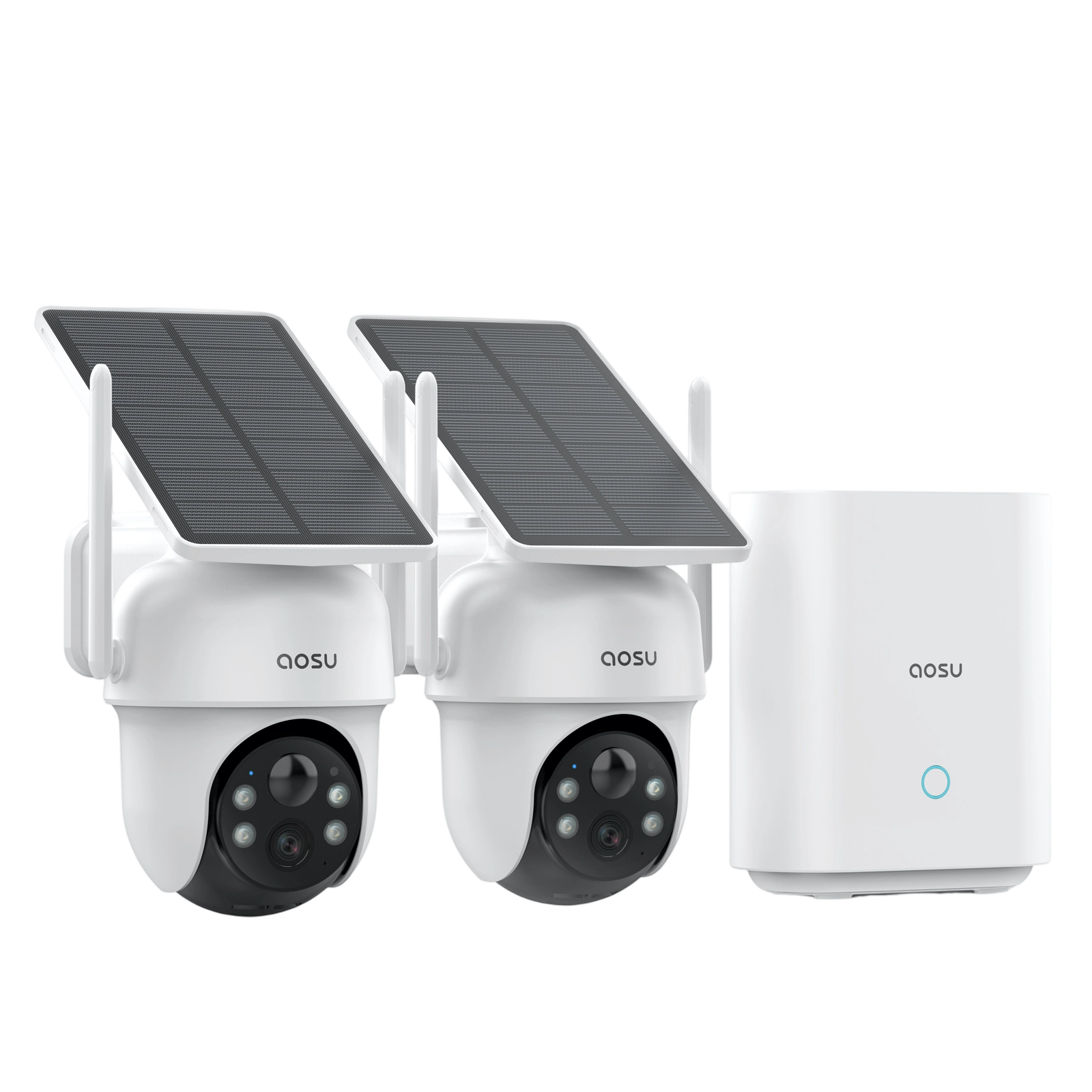
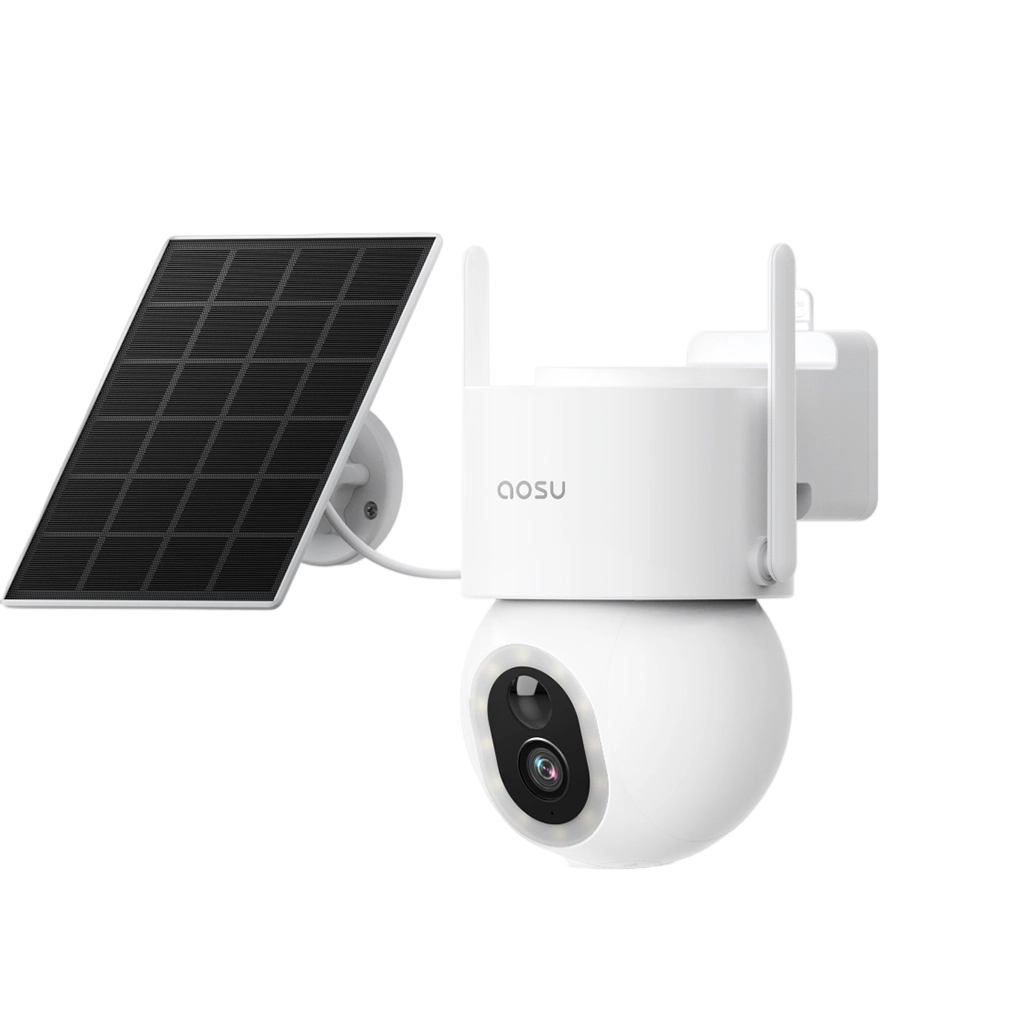
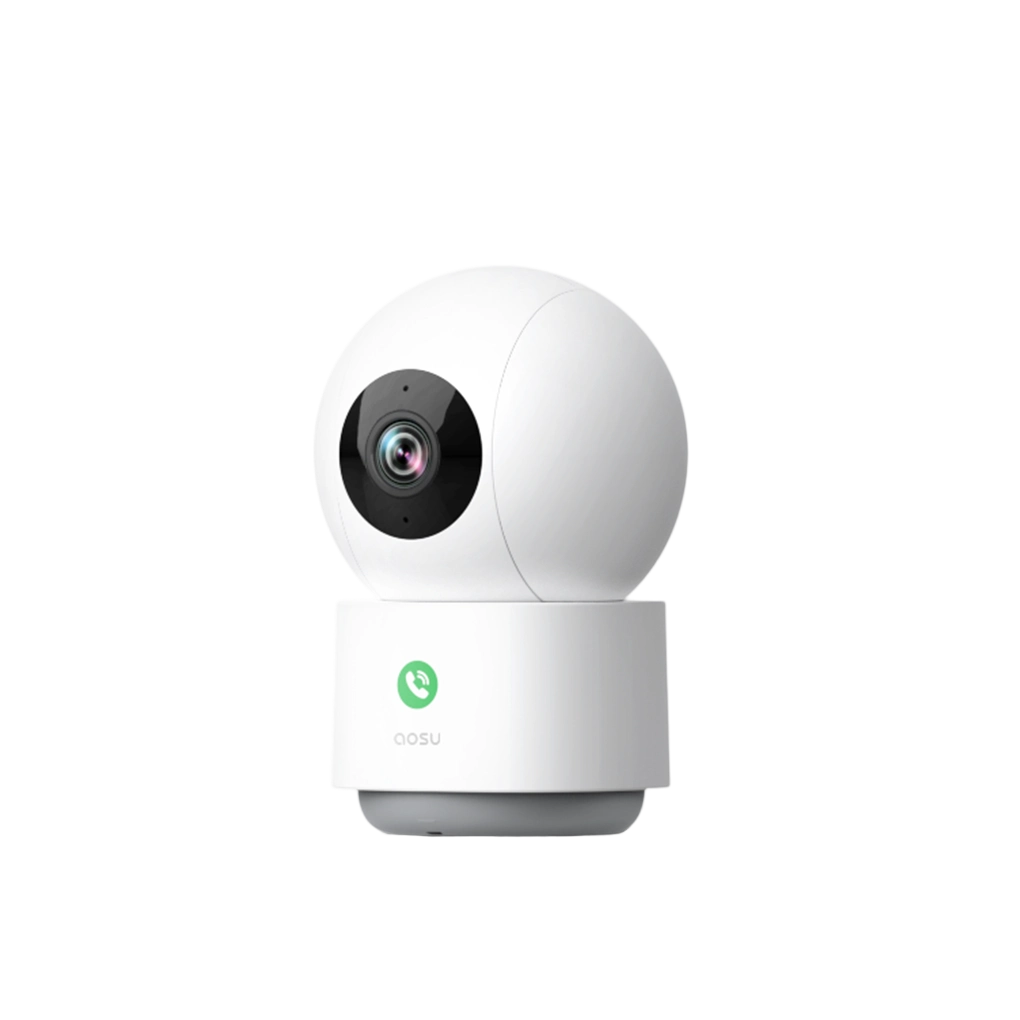
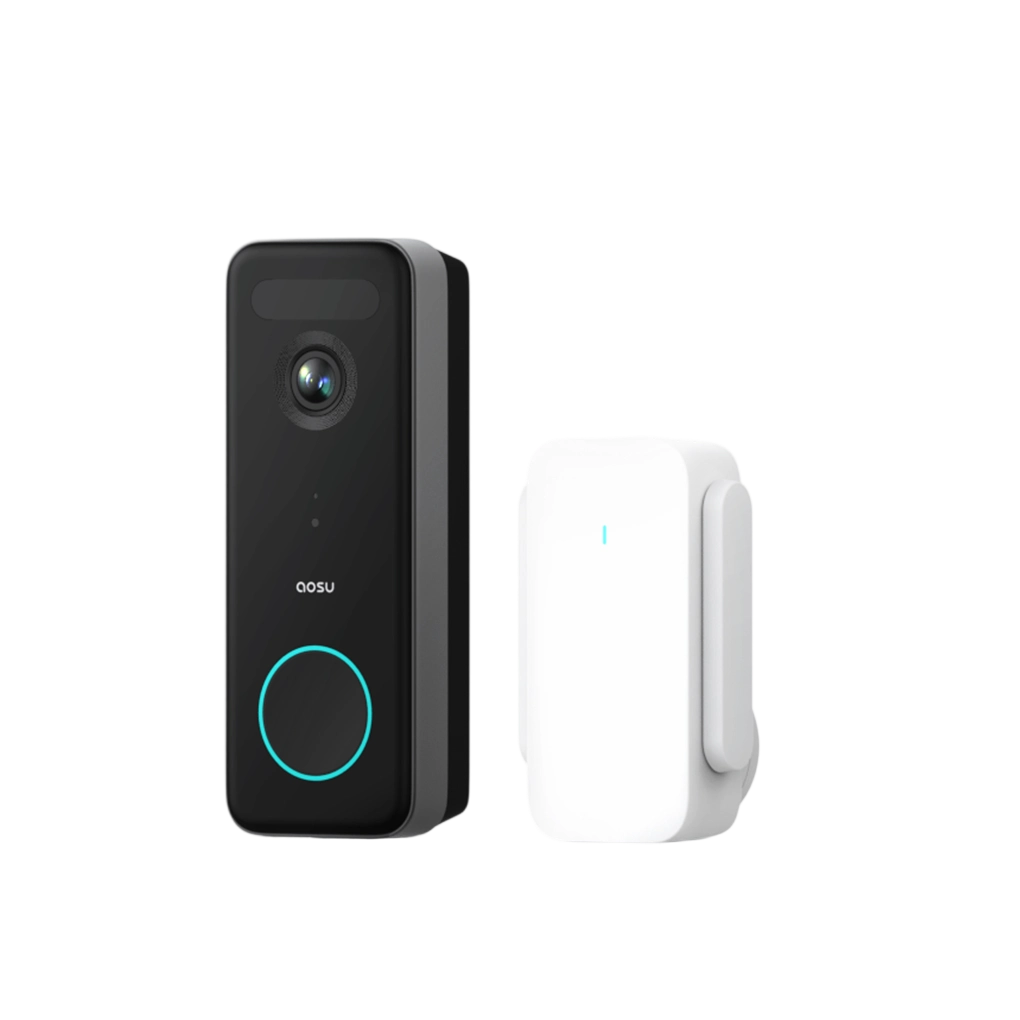
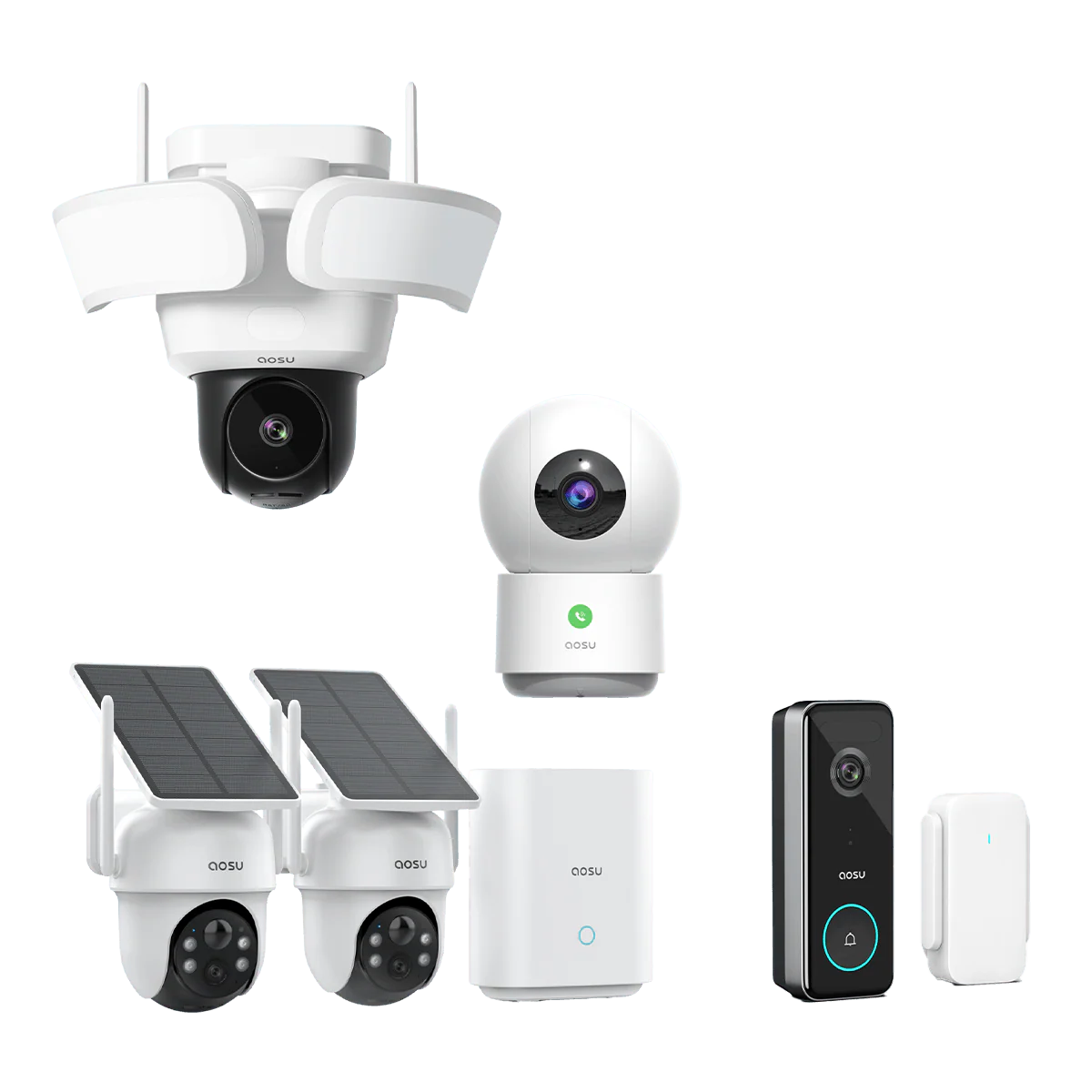
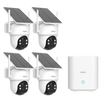
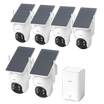
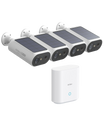

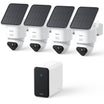
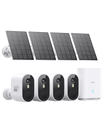
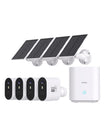

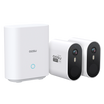
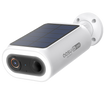
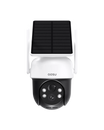
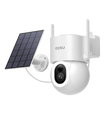
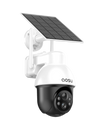
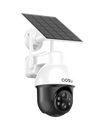

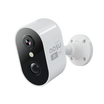
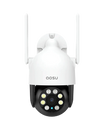
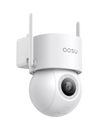
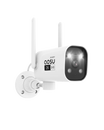
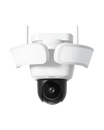
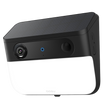

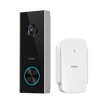
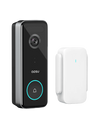
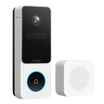

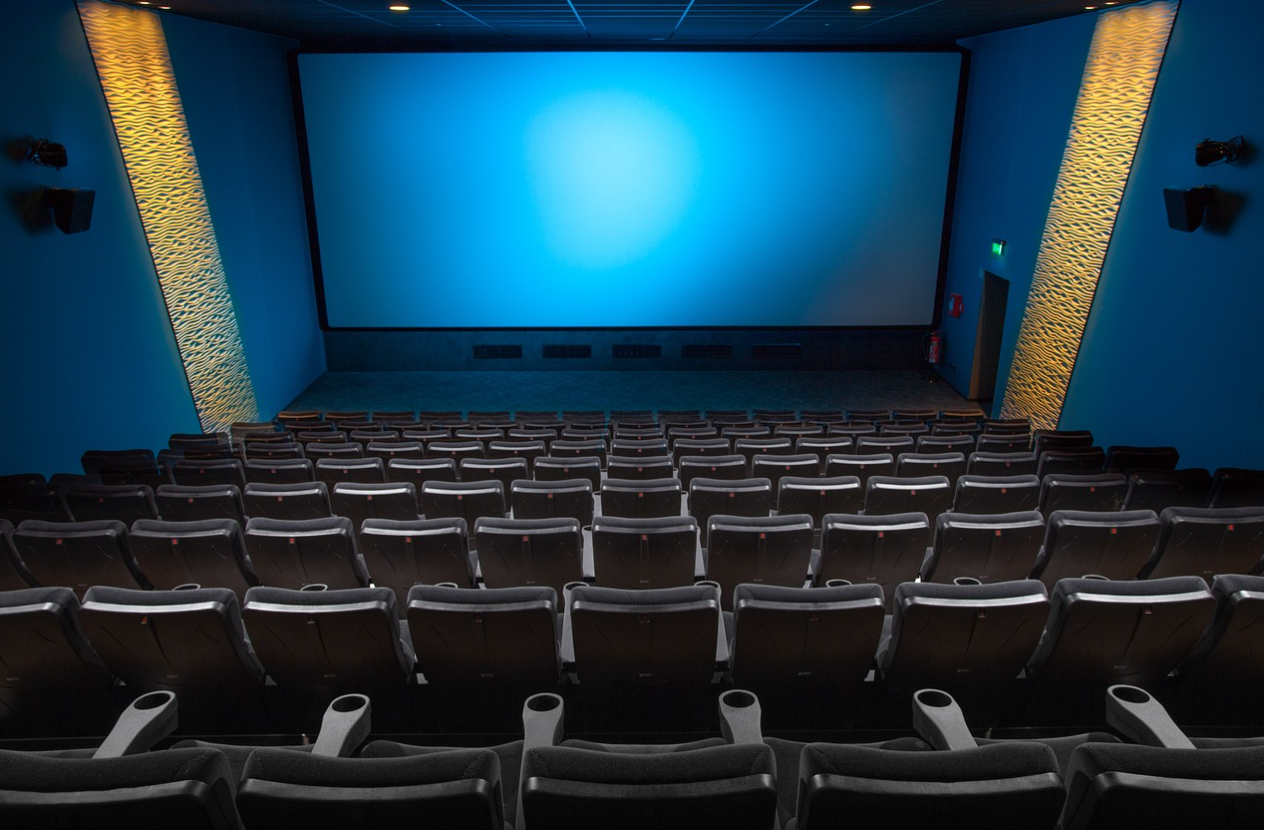


Leave a comment
This site is protected by hCaptcha and the hCaptcha Privacy Policy and Terms of Service apply.